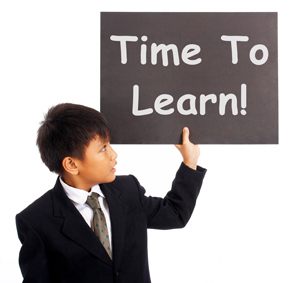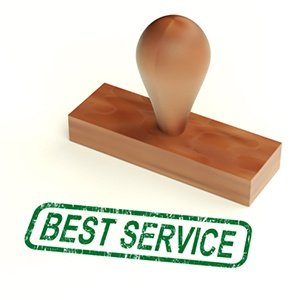Can we go wrong with strategy?
 I recently read an article in the Harvard Business Review entitled ‘Why Smart People Struggle with Strategy’ which made me think – as small business owners can we go wrong with strategy?
I recently read an article in the Harvard Business Review entitled ‘Why Smart People Struggle with Strategy’ which made me think – as small business owners can we go wrong with strategy?
The article suggests that smart people are more brittle in their thinking and lack the key characteristics of a good strategist – flexibility, imagination, and resilience. Smart people need validation from others in coming up with the right answer.
Many of the business owners I speak to and have worked with are initially afraid of the word strategy and what it entails. They often think that the strategic process is for much larger businesses run by much better educated people with business degrees and that they are not qualified to make strategic decisions.
Michael Porter, a professor at the Harvard Business School, suggests that strategy is simply ‘performing different activities from rivals’ or performing similar activities in different ways’. He says competitive strategy is about being different. It means deliberately choosing a different set of activities to deliver a unique mix of value.
The question is therefore, if you know your business, irrespective of how well educated you are, can you go wrong with strategy.
I don’t believe that you can go wrong, but you can waste an awful lot of time correcting a badly thought through strategy.
The process for analysing, choosing and implementing a strategy is quite straightforward;
- Phase 1 – develop a strategic vision.
- The strategic vision will point the organisation in the right direction in terms of products, markets and customers. The strategic vision essentially visualises where the company wants to go in the future.
- Phase 2 – set your objectives.
- The objectives are the results and outcomes the organisation wants to achieve within a certain amount of time. Properly monitored, they act as a yardstick for the organisation’s performance and progress.
- Phase 3 – craft the strategy that will achieve the objectives and vision.
- Here is where we write the game plan, look at how to strengthen market positions and build competitive advantage.
- Phase 4 – implement and execute the strategy
- Skills, people, financial resources, policies, procedures and systems should all either be in place or be put in place to implement and execute the strategy as smoothly as possible. It is a good idea to bear in mind the resources you have at stages 1 & 2.
- Phase 5 – monitor, evaluate and make corrective adjustments
- This phase is an ongoing process where we continually assess the progress we are making towards the objectives set out in phase 2.
The more work we put into phases 1 and 2 the more likely we are to choose a strategy that has been thoroughly thought through in the first place.
Whilst there are no guarantees on how the external environment will change (i.e. the UK’s has a general election in May or new competitors coming into the market), providing we take that into account when we are assessing our alternatives and give ourselves options for potential a potential change of circumstance.







